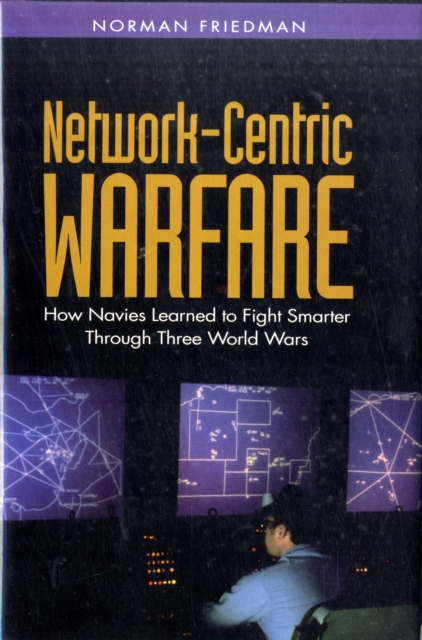
Network-centric Warfare : How Navies Learned to Fight Smarter Through Three World Wars Hardback
by Norman Friedman
Hardback
- Information
Description
This book explains what network-centric warfare is, and how it works, using concrete historical naval examples rather than the usual abstractions. It argues that navies invented this style of warfare over the last century, led by the Royal Navy, and that the wars of that century, culminating in the Cold War, show how networked warfare worked – and did not work.
These wars also illustrate what net-on-net warfare means; most exponents of the new style of war assume that the United States will enjoy a monopoly on it.
This account is important to all the services; it is naval because navies were the first to use network-centric approaches (the book does take national air defence into account, because air defence systems deeply influenced naval development). This approach is probably the only way a reader can get a realistic feeling for what the new style of war offers, and also for what is needed to make it work.
Thus the book concentrates on the tactical picture which the network is erected to help form and to disseminate, rather than, as is usual, the communications network itself.
This approach makes it possible to evaluate different possible contributions to a network-centric system, because it focuses on what the warriors using the picture really want and need. Without such a focus, the needs of networked warfare reduce simply to the desire for more and more information, delivered at greater and greater speeds.
It is the first book about network-centric warfare to deal in concrete examples, and the first to use actual history to illuminate current operational concepts.
It also offers considerable new light on the major naval battles of the World Wars, and will be of intense interest to historians.
Information
-
Unavailable
- Format:Hardback
- Pages:416 pages, b/w photos
- Publisher:Naval Institute Press
- Publication Date:15/03/2009
- Category:
- ISBN:9781591142867
Information
-
Unavailable
- Format:Hardback
- Pages:416 pages, b/w photos
- Publisher:Naval Institute Press
- Publication Date:15/03/2009
- Category:
- ISBN:9781591142867